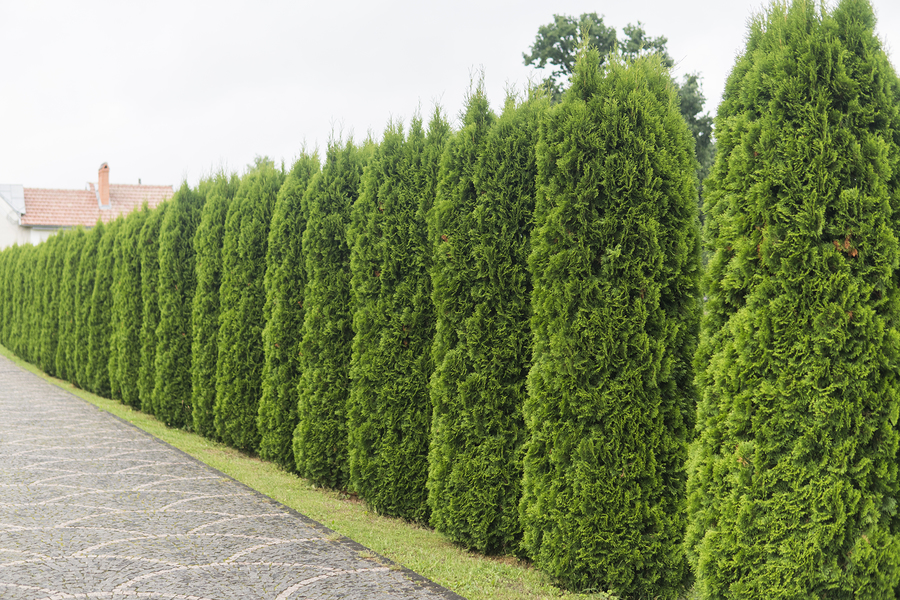Indiana is renowned for its picturesque landscapes, with lush green fields and a variety of trees that add to the state’s charm. However, as climate conditions shift and droughts become more common, gardeners and landscape designers face a new challenge—how to maintain these beautiful outdoor spaces in the face of dwindling water resources. One effective solution is to incorporate drought-tolerant trees into Indiana landscapes.
In this blog post, we will explore the importance of using drought-tolerant trees in your landscaping, highlight the best tree species suited for Indiana’s unique hardiness zone, and provide essential tips for planting and nurturing these trees to ensure they thrive even during dry spells.

Importance of Drought-Tolerant Trees
Reducing Water Usage
One of the most significant benefits of incorporating drought-tolerant trees into your landscape is their ability to thrive with minimal water once established. Unlike traditional tree species that require regular watering, these trees have adapted to survive in dry conditions by developing deep root systems and efficient water retention capabilities. By choosing drought-accommodating varieties, homeowners and landscape designers can significantly reduce their overall water usage.
Lowered Maintenance Needs
In addition to conserving water, tree species with a high drought tolerance often require less maintenance than their more water-dependent counterparts. They are more resilient to pests and diseases, reducing the need for chemical treatments and other interventions. Furthermore, many drought-tolerant species have slower growth rates, which means less frequent pruning and shaping. This not only saves time and labor but also reduces costs associated with tree care.
Enhancing Biodiversity
Incorporating native drought-accommodating tree species into your landscape can also enhance local biodiversity. These trees provide essential habitat and food sources for various wildlife, including birds, insects, and small mammals. By creating a diverse and thriving ecosystem in your garden, you contribute to the overall health of Indiana’s natural environment.
Best Drought-Tolerant Trees for Indiana
Bur Oak (Quercus macrocarpa)
With its impressive size and distinctive lobed leaves, the Bur Oak is a standout choice for Indiana landscapes. This native tree is highly drought-tolerant once established, making it an excellent option for homeowners looking to reduce water usage. Bur Oaks can reach heights of up to 80 feet and provide ample shade, making them perfect for larger properties.
Red Maple (Acer rubrum)
While commonly associated with wetter environments, the Red Maple is surprisingly adaptable and can tolerate periods of drought. This tree is known for its striking fall color, turning vibrant shades of red and orange. Red Maples prefer moist, well-drained soils and thrive in full sun to partial shade.
Eastern Redbud (Cercis canadensis)
The Eastern Redbud is a smaller, ornamental tree that is perfect for gardens and residential landscapes. It is drought-accommodating once established and produces stunning pink to purple flowers in early spring, adding a splash of color to your yard. This tree prefers well-drained soils and can tolerate a range of light conditions, from full sun to partial shade.
Kentucky Coffeetree (Gymnocladus dioicus)
The Kentucky Coffeetree is a unique addition to Indiana landscapes, known for its large, compound leaves and irregular branching structure. This tree is highly drought-tolerant and can thrive in poor soil conditions. Its open canopy allows light to filter through, making it a great choice for planting under power lines or in areas where a full, dense tree would not be suitable.
Black Locust (Robinia pseudoacacia)
The Black Locust is a fast-growing tree that is well-suited to Indiana’s climate and soil conditions. This tree is drought-tolerant and hardy, making it an excellent choice for homeowners looking to establish shade quickly. Its fragrant white flowers attract pollinators, adding to the tree’s appeal in a sustainable landscape.
Tree Planting and Maintenance Tips
Best Times to Plant a Tree
To ensure the successful establishment of your drought-accommodating trees, it’s essential to choose the right time for planting. The best time to plant trees in Indiana is during the early spring or fall, when temperatures are cooler and rainfall is more consistent. Planting during these seasons allows the roots to establish before facing the heat of summer or the cold of winter.
Proper Soil Preparation
Proper soil preparation is key to the long-term success of your trees. Before planting, test your soil’s pH and nutrient levels using a soil test kit, available at local garden centers or through university extension services. Most tree species that have high drought tolerance thrive in slightly acidic to neutral soil (pH 6.0 to 7.0) and benefit from the addition of organic matter, such as compost or well-rotted manure, to improve soil structure and fertility.
If your soil drains poorly, consider amending it with sand or creating raised beds to promote better drainage. For trees like the Red Maple, which prefer more moisture, ensure that the planting area is located in a spot that retains some water without becoming waterlogged.
Steadfast Watering Schedule
While drought-tolerant trees are designed to withstand dry conditions, they still require regular watering during their establishment phase. After planting, water your trees deeply once a week for the first year. This encourages deep root growth and helps the tree acclimate to its new environment.
Once established, you can gradually reduce watering frequency. During extended dry spells, monitor your trees for signs of stress, such as wilting leaves or leaf drop, and provide additional water as needed. Mulching around the base of the tree can also help retain soil moisture and regulate temperature.
Correct Pruning Techniques
Regular pruning is essential for maintaining the health and appearance of your drought-accommodating trees. During the first few years after planting, focus on shaping the tree’s structure by removing any dead, damaged, or crossing branches. This will encourage a strong central leader and improve air circulation within the canopy.
Once your trees are established, annual pruning during the dormant season (late winter to early spring) can help control their size and shape. Be cautious not to remove too much foliage, as this can stress the tree and reduce its ability to withstand drought conditions.
Final Thoughts
Incorporating drought-tolerant trees into your Indiana landscape is a smart and sustainable choice that offers numerous benefits, from reduced water usage to lower maintenance needs. By selecting the right tree species and following proper planting and care guidelines, homeowners and landscape designers can create stunning outdoor spaces that thrive even in the face of changing climate conditions.
If you’re considering adding drought-tolerant trees to your landscape, don’t hesitate to reach out to a local professional tree care company. Their expertise can help ensure your trees are planted and cared for properly, setting the stage for a flourishing and resilient yard for years to come.
Have you recently planted some new trees in your yard? Call Complete Tree Care at 317-783-2518 for affordable tree services in Indianapolis, Indiana and its surrounding counties. From precision pruning to soil analysis, pest management, and beyond, we offer comprehensive care tailored to your unique green space. We provide residential and commercial tree services, as well as certified arborist services.
Related Posts:
Winter-Resistant Tree Species for Indiana
Indiana Hardy Trees That Can Be Planted in Full Sun Locations
Why You Should Not Plant Prunus Trees if You Live Near a Farm
Tree Species Than Can Worsen Seasonal Allergies



